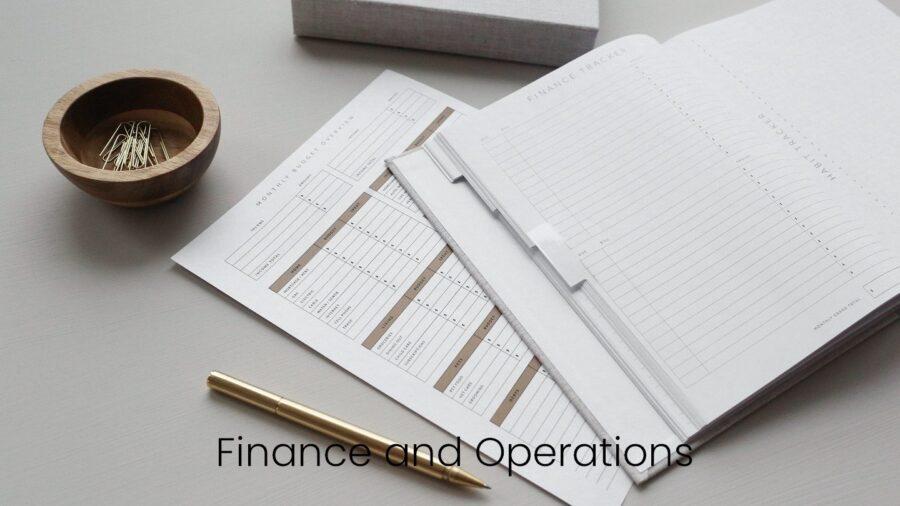Callaghan Innovation Grants
Startups are hungry beasts. And the food they eat is cash (and your life but that’s another blog). Every step of the way there is something extra to spend in order to help your start-up to go faster.
I often refer to a quote from Tim O’Reilly (Founder of O’Reilly Media) who said “Money is like gasoline during a road trip. You don’t want to run out of gas on your trip, but you’re not doing a tour of gas stations.”
Naturally, our companies seek our advice on capital raising. Being able to attract other sources of funding, such as grant funding, is important but it is still capital raising. It takes time and creates administration burden, despite the outcome being uncertain.
We have pooled our collective experience to provide some insights for you into Callaghan Innovation grants. We asked some of Callaghan staff for their views (our thanks to John van Bohemen).
Getting Started Grants
What are they:
These are designed to help you launch your R&D activities, navigate through R&D roadblocks and access technical expertise to support you in taking your development in the right direction.
How much:
You will receive 40% of your eligible R&D costs, up to $5,000. This will be a one-off payment on completion of the project
Project Grants
What are they:
A Project Grant is designed to help companies take on larger, or more challenging R&D, helping businesses to push through R&D hurdles that have been identified. This could include uncovering new technical detail, devices, products, systems, or other such advancements. Basically, these grants are tailored towards specific projects and aim to encourage new investment into R&D.
What are they not:
Business as usual.
How much:
Again, up to 40% of your eligible R&D costs, but this may be reduced depending on the size of the project, or if you have received multiple grants or a Growth Grant (see later explanation).
Growth Grants
What are they:
These are three-year grants to enable you to scale your R&D appropriately and give companies the ability to adapt their R&D programme more widely to suit their own conditions.
The Growth Grants are looking to be phased out with the introduction of the new R&D tax incentives. Companies with an active Growth Grant contract on 31 March 2019 will continue to receive their grant until 31 March 2020. Companies will have the option to transfer to the Tax Incentive scheme from 1 April 2019. New applications will close on 31 March 2019.
What to think about when applying
The application process can be quite cumbersome if you let it, so the overall approach should be to keep it straight forward and simple. You don’t want to get into a situation where you have to keep revising applications back and forward, as that can be a painful process on both sides. The applications for grants typically form part of the R&D contract as well, so another reason to get it right.
It is best to get engaged with your Account Manager as early, and as frequently, as possible. They can guide you through the application process.
Grants can cover a range of values and it is typical for more detailed information to be required for applications of more than around $150,000 – that is it needs a better-quality story.
Grants aren’t designed to provide you with funding for business as usual and they are not designed to help a company make minor improvements or adjustments, such as changing the current blue widget to one with spots.
Not always known is that an amalgamation of parts, which by themselves may not be all that spectacular, may receive grant funding. For example, an integration of known tools and processes.
A common mistake Callaghan Innovation sees from applicants is “writing around” the R&D and talking too much about what the product is and why it is wonderful. This is naturally the happy place for entrepreneurs, but what Callaghan want to know is what the R&D is, and that is it difficult. You need to articulate the technical aspects of what you are doing, and not dwell on the market related aspects.
Finally, the following points might help when you are preparing your application:
- Less is more
- Don’t let the story get embellished
- Cut to the chase
- Bullet points are encouraged (whole applications are written in these)
- Factual and to the point statemente
- Talk to the R&D
- Be clear around what you, as the applicant, sees as the immediate opportunity
